Collection
Theme
- Domestic slavery
- Children
- Sexual exploitation
- Armed Conflict
- Forced marriage
- Trafficking
- Forced labour
- Debt bondage
- Emancipation
Country
- Indonesia (trafficked from)
- Hong Kong (slavery location)
- Saudi Arabia (slavery location)
- United States (slavery location)
- Philippines (trafficked from) 20 More
Date
- 2013 (Narrative Date)
- 2006 (Narrative date)
- 2014 (Narrative date)
- 2015 (Narrative date)
- 2020 (Narrative date) 20 More
Type
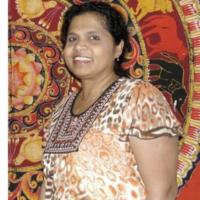
Beatrice A
After several months in slavery, Beatrice Fernando reached the point of no return. Standing on a fourth-floor balcony in Beirut, Lebanon, she realized there was “no other way to get home” but to “dive backwards.” In a recent interview she explained of her decision to step off the balcony:…
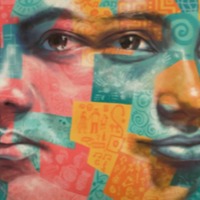
Kavita
There are millions of enslaved domestics in India, and a further 264,000 child domestics in Pakistan. Children are often sent away from their villages to work in order to clear a family debt. These loans have immensely high rates of interest, and in many cases no remuneration is given at all. The…
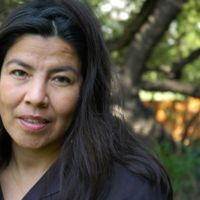
Maria Suarez
Maria Suarez marks the turning-point in her decades-long journey from slavery to freedom as the moment when a bird knocked at her window. She had no idea she about to be freed, but when the bird came she knew that she “was going to have some good news.” She waited, and minutes later officials…

Christina
Christina Elangwe spent five years as a domestic slave in Washington DC, held by Cameroonians. Promised an American education and a babysitting job, she was tricked into leaving her family in Cameroon at the age of 17. Upon arrival in the US, she worked long hours for no money, was not sent to…
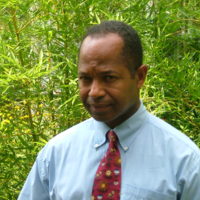
Jean-Robert
Jean-Robert Cadet, a former child slave in Haiti, confronts the problem of freedom. The slave experience is not over for him: “nightmares…haunt me well into my adulthood…the trauma lasts a lifetime.” His childhood can “never be recovered,” and he will “feel its absence for the rest of…
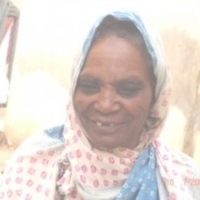
Oumoulkhér
Oumoulkhér Mint Mahmoud was born into slavery in Mauritania. Her daughter Selek’ha escaped and returned with the human rights organization SOS Slaves, to seek the release of Oumoulkhér. But Oumoulkhér initially refused to leave her master, and it was only when Selek’ha began to cry, in…

Roseline
In 1999, Roseline Odine reached the turning-point where she could be a slave no longer: “That’s it. That’s it,” she said. Roseline’s narrative features a long escape sequence as she moved through the turning-point from slavery to freedom. Roseline spent two and a half years as a domestic…
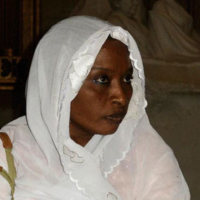
Salma (Narrative 1)
Like her mother and grandmother before her, Salma Mint Saloum was born into slavery in Mauritania. Slavery was first abolished in Mauritania in 1905, by colonial French rulers, and again when Mauritania joined the UN in October 1961. It was abolished for the third time in 1981 by the Military…
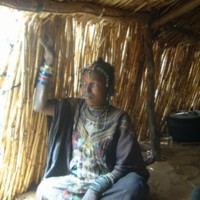
Tamada
Tamada was born into slavery in Niger, home to some 43,000 hereditary slaves. Found among four of the country’s eight ethnic groups, slavery is a centuries-old practice in Niger. Slaves are controlled through violence and indoctrination, and are separated from their parents at a young age. Women…
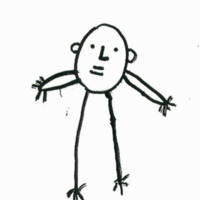
Seba
The vast majority of domestic slaves are girls aged between 12 and 17. Globally, domestic work is rarely scrutinized or legislated, and statistics are hard to obtain. But the International Labor Organization (ILO) estimates that at least ten million children, some as young as eight, are trapped in…
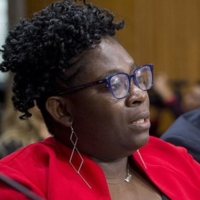
Evelyn
Evelyn Chumbow was taken from her family in Cameroon at age 10 by a man who convinced her parents that she would get a better education in the United States. Instead, she was forced to work as a slave in the Maryland suburbs of Washington, doing manual labor for her captor and being verbally and…
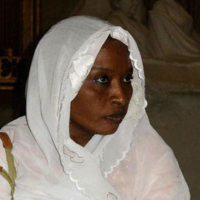
Salma (Narrative 2)
Salma was born into slavery in Mauritania, one of the last places on earth where hereditary chattel slavery is practiced. She smuggled herself across the Atlantic on a cargo ship to freedom, arriving in the US in 1999. The following year, she sought legal asylum through the New York Association for…
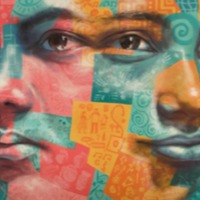
Patience
The system of trokosi (“wife of the gods”) has existed in the Volta region of rural Ghana for centuries. During the late 1990s, numbers reached to around 6000 trokosi, most native to Ghana. It also exists in Togo, Benin, and southwestern Nigeria. Fetish priests who run shrines insist that only…

Vatsana
It is estimated that 425,500 people are enslaved in Thailand, with the many subjected to forced labour. Women overseas-workers most often find employment in private households or service sectors, finding themselves having to pay significant fees for the migration and recruitment process. Domestic…
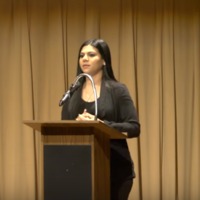
Shyima
Egypt is a source, transit and destination country for women and children trafficked for the purposes of forced labour and sexual exploitation. Egyptian children are recruited for domestic and agricultural labour with some of these children facing conditions indicative of involuntary servitude such…
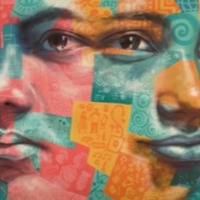
Mitos
The United Kingdom remains a significant destination and, to a lesser extent, transit country for women, men and children trafficked for the purposes of forced labour and commercial sexual exploitation. Migrant workers are trafficked to the UK for forced labour in agriculture, construction, food…
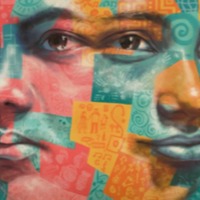
Farah S.
The United Arab Emirates is a destination for men and women predominantly from South and Southeast Asia, trafficked for the purposes of labour and commercial sexual exploitation. Migrant workers make up over 90 per cent of the UAE’s private sector workforce and are recruited from India,…
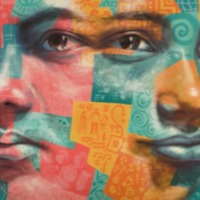
Sandra S.
The United Arab Emirates is a destination for men and women predominantly from South and Southeast Asia, trafficked for the purposes of labour and commercial sexual exploitation. Migrant workers make up over 90 per cent of the UAE’s private sector workforce and are recruited from India,…
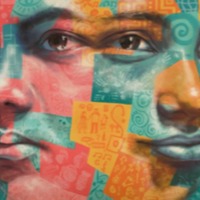
Shelly A.
The United Arab Emirates is a destination for men and women predominantly from South and Southeast Asia, trafficked for the purposes of labour and commercial sexual exploitation. Migrant workers make up over 90 per cent of the UAE’s private sector workforce and are recruited from India,…
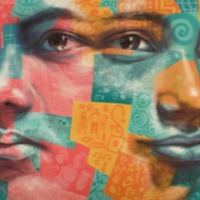
Tahira
The United Arab Emirates is a destination for men and women predominantly from South and Southeast Asia, trafficked for the purposes of labour and commercial sexual exploitation. Migrant workers make up over 90 per cent of the UAE’s private sector workforce and are recruited from India,…